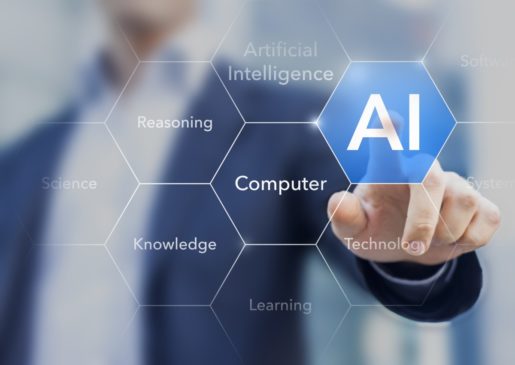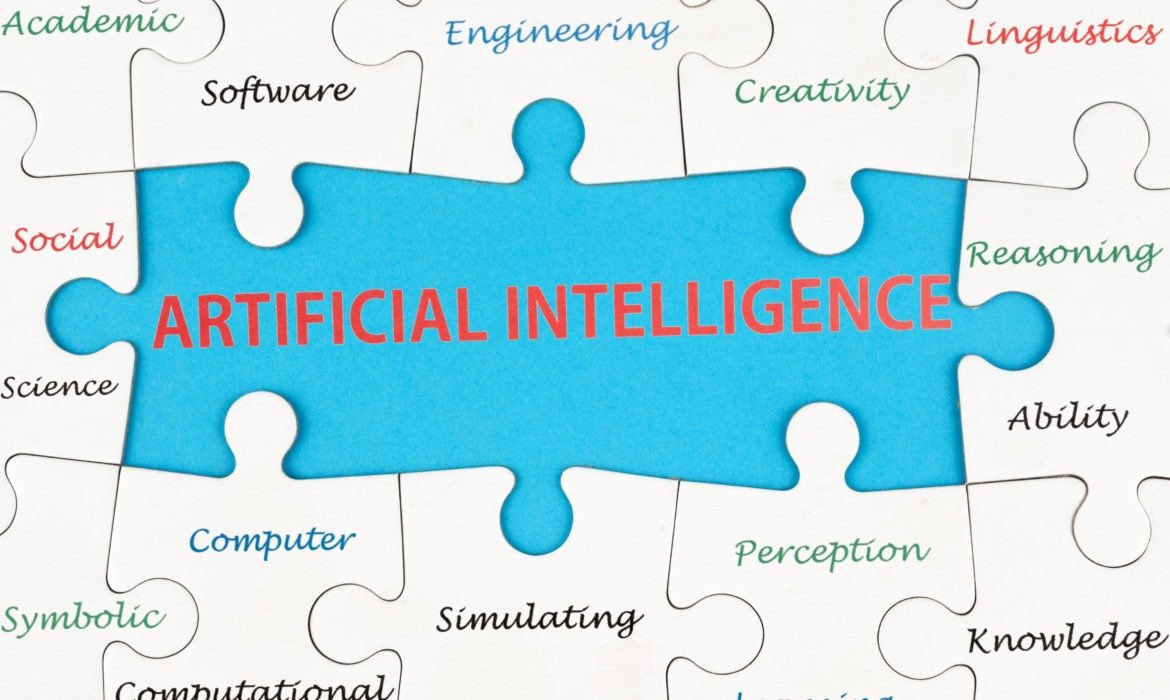Today, artificial intelligence is mostly about deep learning and artificial neural networks. Nevertheless, that is not how it always has been. The field was dominated by symbolic artificial intelligence for most of its six-decade history. This variety is also known as good old-fashioned artificial intelligence, classical artificial intelligence, or “rule-based artificial intelligence.”
Symbolic artificial intelligence involves the use of explicit embedded human knowledge and rules of behaviour rules in computer programs. The practice showed a lot of promise in the early decades of artificial intelligence research. Nevertheless, in recent years, connected artificial intelligence (neural networks), gained traction. Thus, symbolic artificial-intelligence has fallen by the wayside.
Symbols are things that we use for representing other concepts. In the process of reasoning and human thought, logos play a vital role. If I were to tell you that I saw a cat up in a tree, your mind would quickly conjure up an image.
We use these kinds of symbols all the time to define objects (aeroplane, cat, car, etc.) and people (salesperson, teacher, and police). Moreover, symbols can represent things that do not physically exist (blog post, web page, etc.) and abstract concepts (bank transaction). They can also describe states (inactive) or actions (running). Moreover, symbols can translate into hierarchies (a car consists of tires, seats, windows, doors, etc.). They can also describe other symbols (a red carpet, a cat with fluffy ears, etc.).
Moreover, one of the main things that make us intelligent is our ability to communicate in symbols. Symbols have thus played a critical role in the creation of artificial intelligence.
Symbolic Artificial Intelligence
The early pioneers of artificial intelligence thought that every aspect of learning or any other feature of knowledge might, in principle, be so precisely described that a machine can be made to simulate it. Thus, symbolic artificial intelligence took centre stage. Moreover, it became the focus of most research projects. Scientists developed tools to manipulate and define symbols.

Many of the tools and concepts you find in computer science are the results of these efforts. Symbolic artificial intelligence programs are templates for creating behaviour rules and explicit structures.
An example of tools of symbolic artificial intelligence is object programming. OOP languages allow you to define classes, specify their properties, and then organize them in hierarchies. Furthermore, you can create instances of these classes (called objects) and manipulate their features. Class instances can also perform actions, also known as procedures, functions, or methods. Each method executes a series of rule-based instructions that may read and change the properties of the current (and other) objects.
You can create complicated and extensive artificial intelligence programs that perform various tasks, using object-oriented programming.
Symbolic artificial intelligence showed early progress at the dawn of artificial intelligence and computing. You can easily conceptualize the logic of rule-based programs. Moreover, you can communicate and troubleshoot them.
Symbolic artificial intelligence is very convenient for settings where the rules are very clear to understand. You can quickly obtain input and transform the Rule-based systems, which are still in use for most computer programs today.
From this, you see the importance of symbolism in artificial intelligence.
















